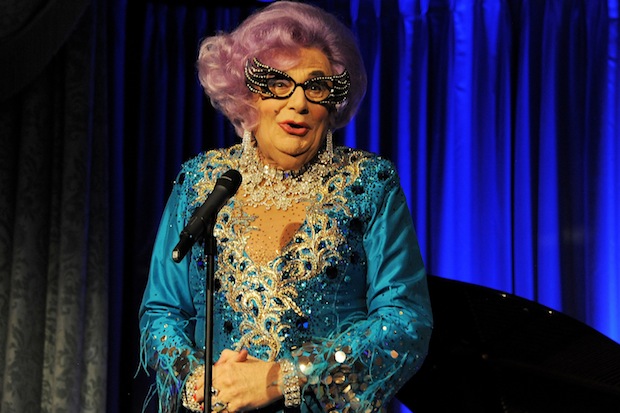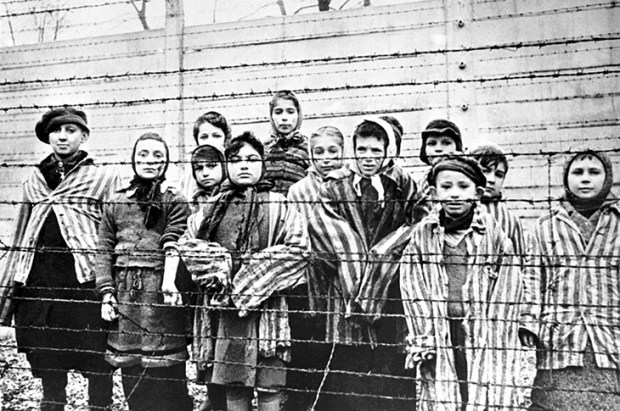In a comic-strip cartoon, beads of water apparently radiating outward from the head of one of the characters indicate embarrassment. Lines flying horizontally from a character, all in one direction and tailing off with distance, indicate rapid movement in the opposing direction.
Every western child knows this; but were you to show the cartoon to a Tuareg nomad in the Sahara, these ciphers — which are really more a form of hieroglyph than a depiction of any recognisable object — would be meaningless.
Already a subscriber? Log in
Subscribe for just $2 a week
Try a month of The Spectator Australia absolutely free and without commitment. Not only that but – if you choose to continue – you’ll pay just $2 a week for your first year.
- Unlimited access to spectator.com.au and app
- The weekly edition on the Spectator Australia app
- Spectator podcasts and newsletters
- Full access to spectator.co.uk
Unlock this article
You might disagree with half of it, but you’ll enjoy reading all of it. Try your first month for free, then just $2 a week for the remainder of your first year.















Comments
Don't miss out
Join the conversation with other Spectator Australia readers. Subscribe to leave a comment.
SUBSCRIBEAlready a subscriber? Log in